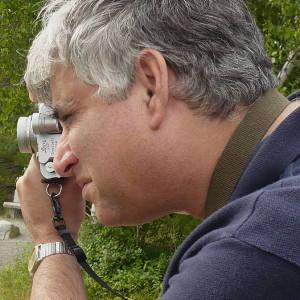B-A-C-H. Leica/Lumix Macro-Elmarit 45mm
Johann Sebastian Bach, the master harmonist and contrapuntist whose music formed the basis of Western harmony until the early years of the 20th Century, liked to leave his signature in musical notation from time to time. This was probably not motivated by ego - because he was quite clear in his writings that his music was composed for the Glory of God Alone, Soli Deo gloria -, but as an academic exercise.
My Blip is taken from the second movement of BWV 1037, a Trio Sonata for two violins and continuo. Sure enough, there are the four notes making up Bach's name appearing as the fugue subject. He swapped the letters around, obviously, and assigned the letter H to B♮, as it is in the German notation system. Here's where it starts to get tricky: more recent musicological scholarship has revealed that BWV 1037, although long attributed to Bach, was actually composed by his extremely talented and virtuoso student, Johann Gottlieb Goldberg. Old Bach composed the famous set of variations to enable Goldberg to play his insomniac noble employer to sleep. How the music, so beautiful and alive, managed to accomplish its mission, is a mystery. Here's a link to a lovely performance from the early 1980s when the trio sonata was still ascribed to Bach. Many years ago, I owned this LP, so it's gratifying to see that somebody has put it up on YouTube. And here is a link to more information on the Talented Herr Goldberg and his output. We are left to surmise that young Goldberg used the B-A-C-H motif as a tip-o'-t'hat to his music master, THE Master.

Comments
Sign in or get an account to comment.


